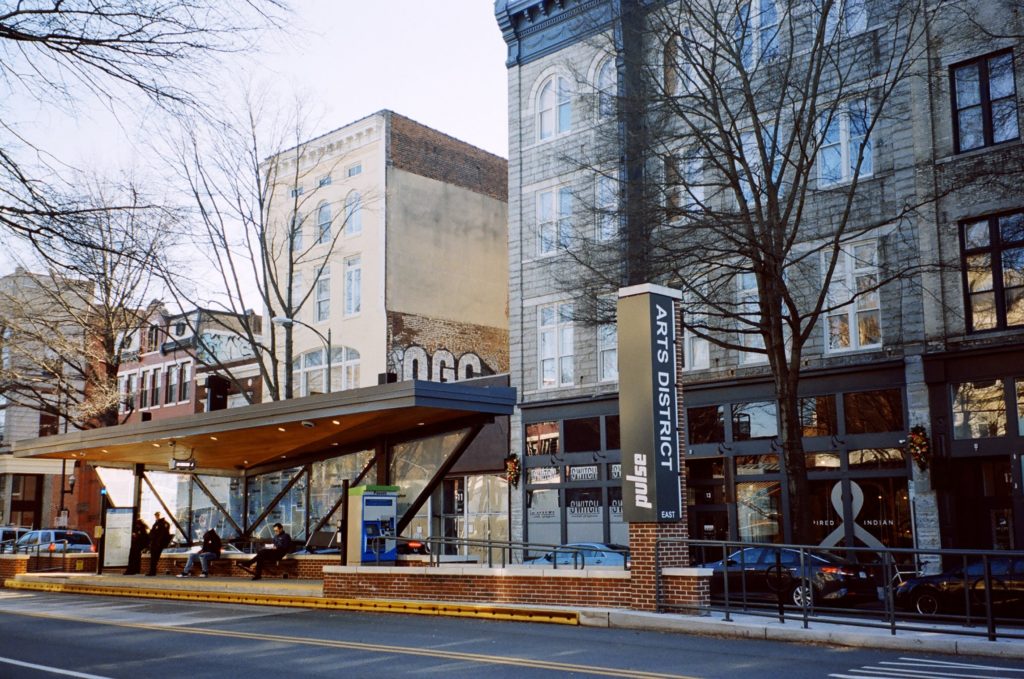The FWD #158 • 435 Words
by LaToya Gray-Sparks, H.B. 854 Research Analyst at HousingForward
How did Richmond 300 become the standard-bearer for community-driven comprehensive plans?
This year, the City of Richmond, Virginia received a national award for its comprehensive plan, Richmond 300: A Guide for Growth. The plan was lauded for its “expansive community engagement…and its prioritization of equitable and sustainable growth…over the next 20 years.” As one of the 21 members of Richmond 300’s Advisory Council, I was delighted to see our work—which took place over the span of three years—recognized.
When I applied for a position on Richmond 300’s Advisory Council, I did not completely grasp what I had signed up for. Although I have a degree and background in political science and government, I felt like a fish out of water. The experience was a crash course in urban planning. While it was overwhelming at times, it was also eye opening, helping me understand the origin of disparities and inequalities in the City of Richmond—particularly as it relates to housing.
I grew up in an area in the Southside of Richmond that was annexed from Chesterfield. In some areas in this isolated and impoverished part of Richmond, the high school graduation rate is less than 50% and life expectancy for residents in this area is cut drastically due to socioeconomic disparities.
Urban planning and housing policy experts acknowledge that the disparities that exist today were not created in a vacuum, nor were they created overnight. It took decades of discriminatory urban planning and housing policies for us to get to this juncture and the consequences are manifested in socioeconomic inequities today.
In an effort to undo decades of inequality and exclusion, the Richmond 300 plan was designed to be inclusive, involving collaboration with “other city departments, nonprofit agencies, and private partners…and facilitating a variety of community input sessions.” The plan engaged over 7,000 residents and elevated the voices of Black, Latin American and low-income residents—voices that had been excluded for decades.
While change does not occur overnight, there are some very hopeful developments that have already begun as a result of this community-driven planning process. One example is the amazing greening effort that is taking place in the Southside to combat urban heat islands and other environmental hazards. Another example is the increased supply of affordable housing through nonprofits such as the Maggie Walker Community Land Trust and the Southside Community Development and Housing Corporation. These developments are extensions of the collaborative work that was fostered during the Richmond 300 process, and will serve as a prologue for the future of the City of Richmond as we strive to make this a place where everyone can thrive.
LaToya Gray-Sparks is a graduate student in VCU’s Master of Urban and Regional Planning Program. She is also the author of the award-winning StoryMap, Planned Destruction: A Brief History on Land Ownership, Valuation and Development in the City of Richmond.
